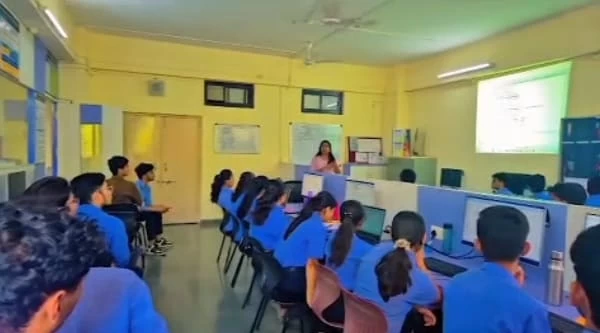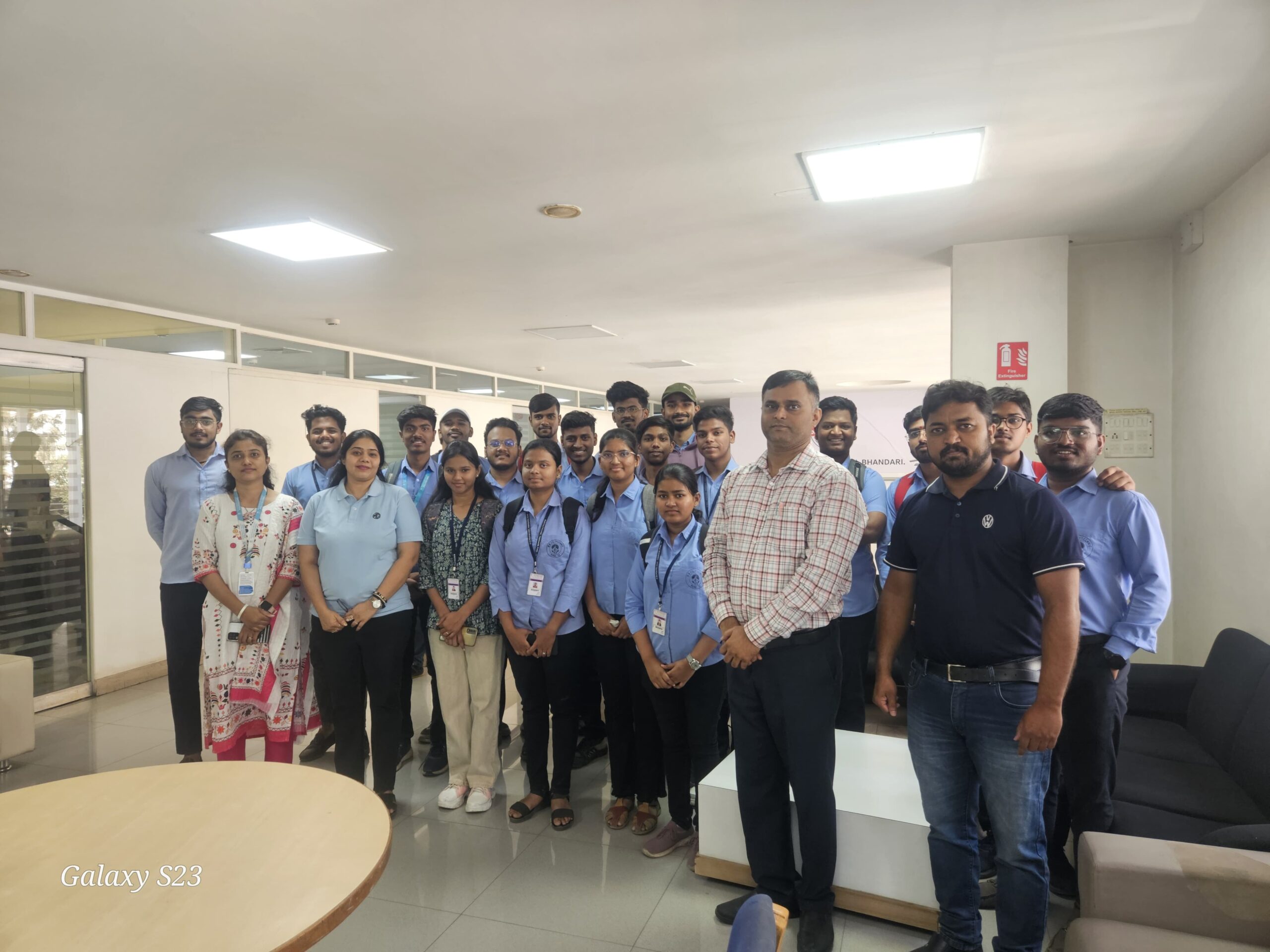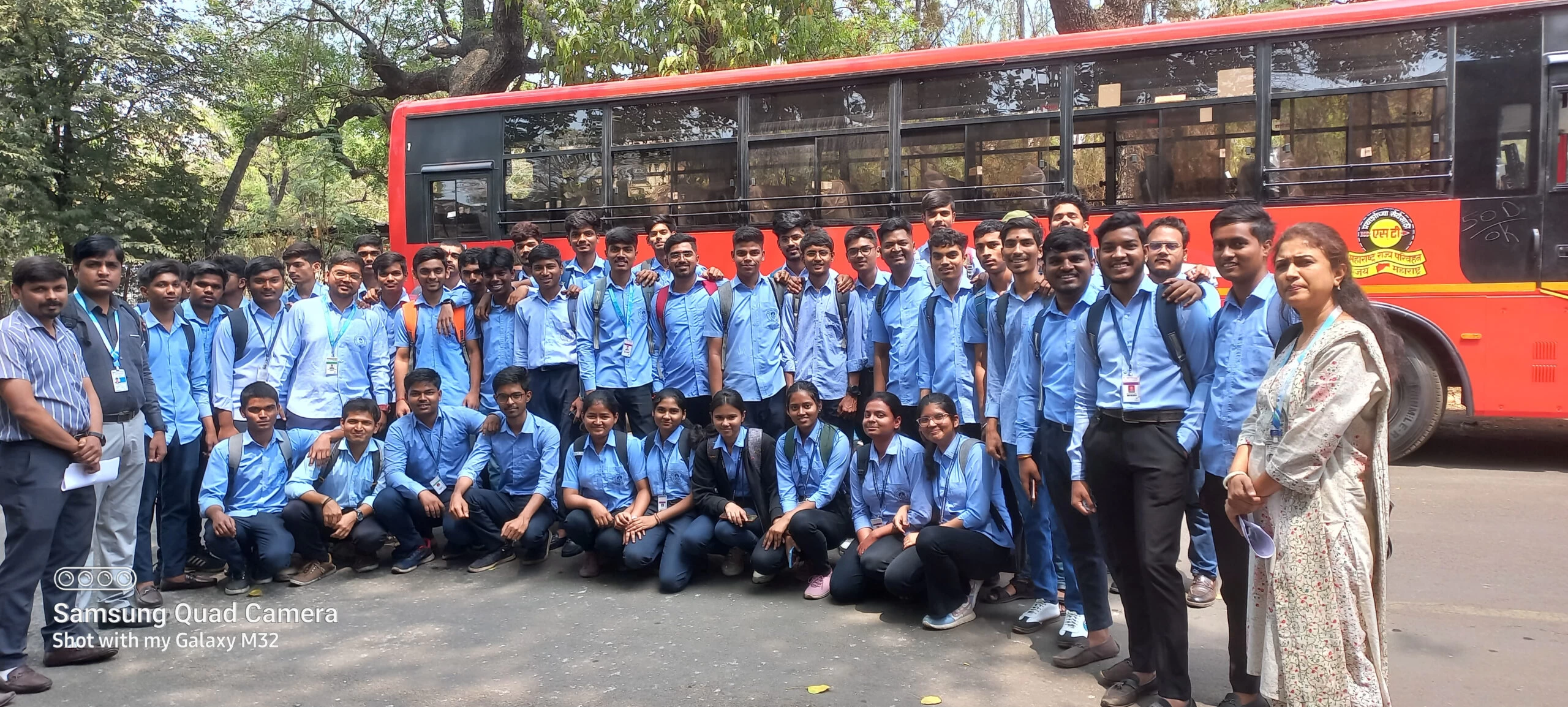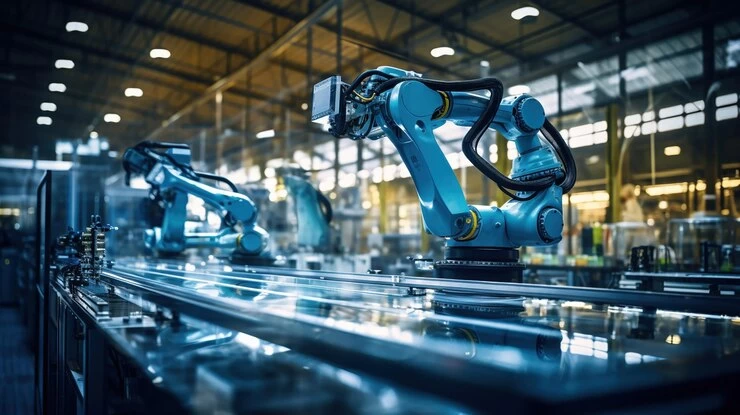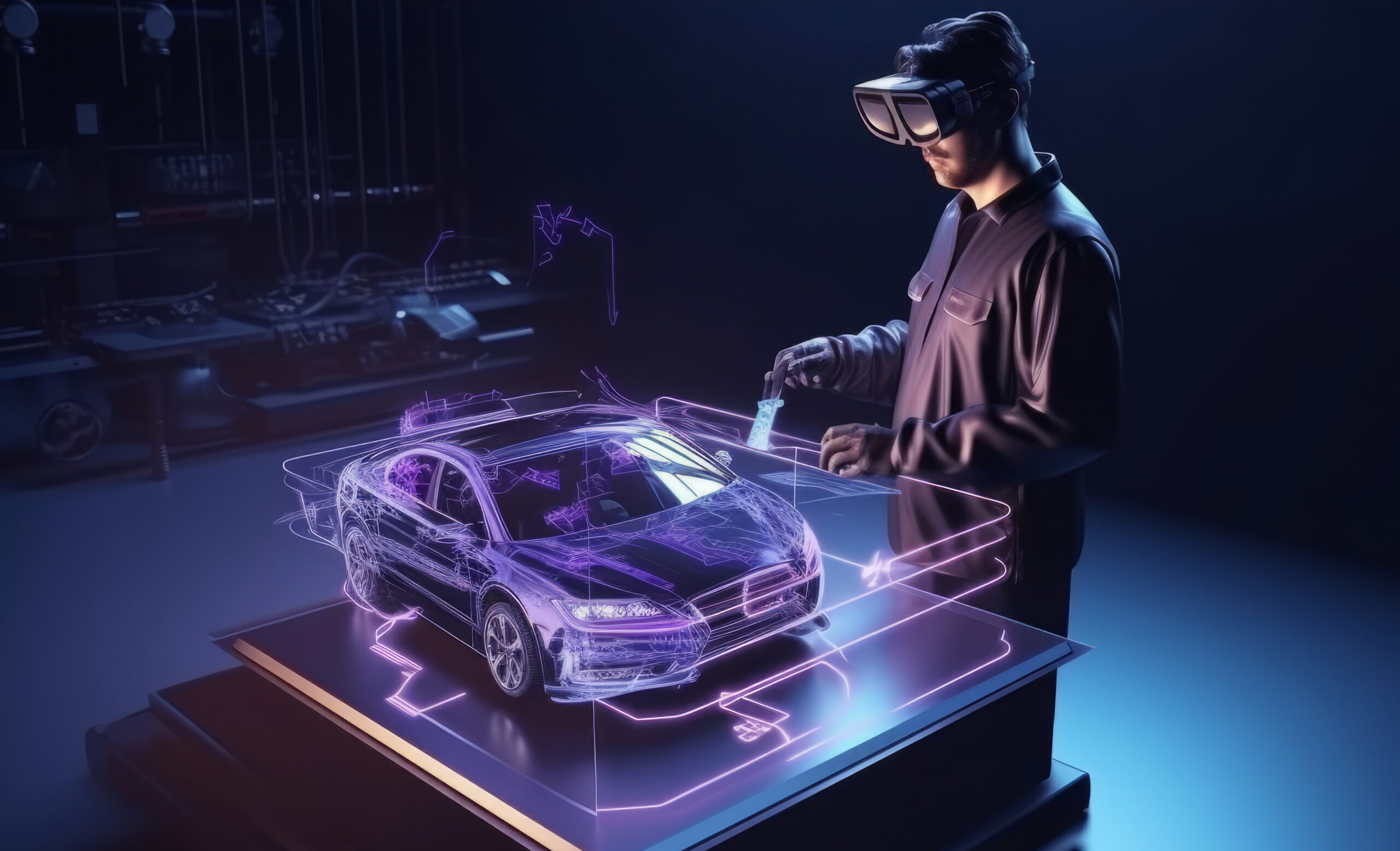Imagine a world where traffic jams are forgotten myths, replaced by the graceful ballet of self-driving cars gliding through cityscapes. Where the young, the old, and the differently-abled regain their freedom, empowered by vehicles that seamlessly cater to their needs. This is the alluring vision of autonomous vehicles (AVs), a technological revolution poised to transform our landscapes and rewrite the very narratives of mobility. However, beneath the sleek exteriors and sci-fi promises lies a complex symphony of engineering challenges, ethical dilemmas, and societal implications, demanding a masterful touch to orchestrate a harmonious reality.
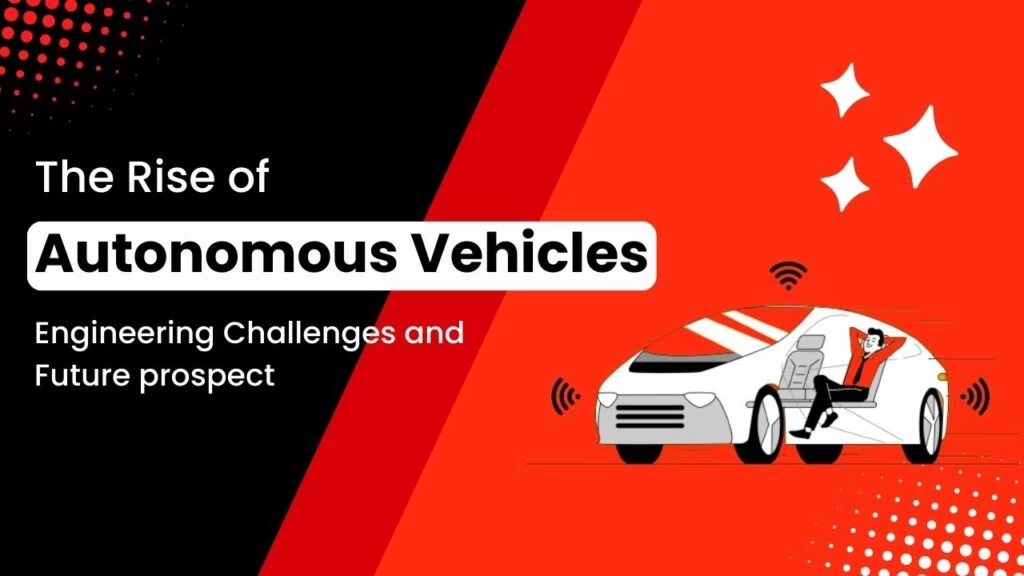
The Technological Overture
At the heart of every AV lies a carefully calibrated orchestra of sensors, each playing a pivotal role in perceiving the world around it. LiDAR, wielding its laser baton, paints a 3D portrait of the environment, while radar pierces through fog and darkness like an all-seeing eye. Cameras, hawk-eyed and vigilant, scan for obstacles, while GPS and IMUs provide the rhythm of precise positioning. Each note of this sensory data symphony is intricately intertwined, but the music truly begins when this raw information is transformed into actionable decisions.
The AI Conducting the Symphony
Enter the conductor, the maestro of artificial intelligence (AI) algorithms trained on countless hours of driving scenarios. These algorithms interpret the sensory melody, weaving complex path plans that navigate the urban jungle. They anticipate traffic flow, brake for pedestrians, and even grapple with ethical dilemmas, choosing between the lesser of two evils in split-second decisions. The dance between sensors and AI is delicate, demanding constant refinement and rigorous testing. Every line of code, every machine learning iteration, adds another layer of confidence to the AV’s movements, each step a delicate note in the symphony of safe and efficient travel.
The Societal Chorus
But the music of AVs extends far beyond the confines of engineering marvels. Their arrival will reverberate through the fabric of our society, reshaping transportation, redefining urban planning, and even challenging our legal and ethical frameworks. Imagine traffic jams becoming relics of the past, replaced by synchronized flows of AVs optimizing traffic flow and reducing pollution. Picture a world where the elderly and disabled reclaim their independence, empowered by self-driving vehicles that cater to their unique needs. The possibilities are as limitless as the imagination, but the symphony also carries a discordant undercurrent of concerns.
The Ethical Concerto
The ethical quandaries posed by AVs are a complex counterpoint to their potential. Who is responsible for an accident caused by a self-driving car? How do we ensure cybersecurity and prevent malicious actors from hijacking these high-tech machines? Moreover, how do we adapt our legal and insurance systems to accommodate this new reality? These questions demand careful consideration and collaborative solutions before fully embracing the driverless future.
The Regulatory Interlude
Policymakers have the crucial role of composing the regulatory framework for this technological symphony. Finding the correct balance between stimulating innovation and guaranteeing safety is tricky. Clear guidelines on data privacy, software updates, and accident liability are vital to ensure public trust and responsible deployment. International collaboration is also essential, ensuring a synchronized approach that avoids a cacophony of conflicting regulations across borders.
The Societal Crescendo
Finally, the citizens form the audience for this grand performance. Public education and awareness campaigns are crucial to foster understanding and acceptance of AVs. Addressing concerns about job displacement and accessibility will be crucial to achieving a seamless transition and equal distribution of benefits. By actively engaging in dialogue and voicing their concerns, citizens can become active participants in shaping the future of their communities in the age of AVs.
The rise of AVs is not just a technological marvel but a societal symphony waiting to be composed. Engineers, policymakers, and citizens must work together to ensure this symphony is harmonious, equitable, and, ultimately, a testament to our collective ingenuity. The road to a driverless future may be fraught with challenges, but the potential rewards – safer streets, more accessible transportation, and a more efficient world – are too alluring to ignore. So, let us buckle up, navigate the engineering intricacies, and compose a future where autonomous vehicles not only drive us but also drive us toward a better tomorrow.


